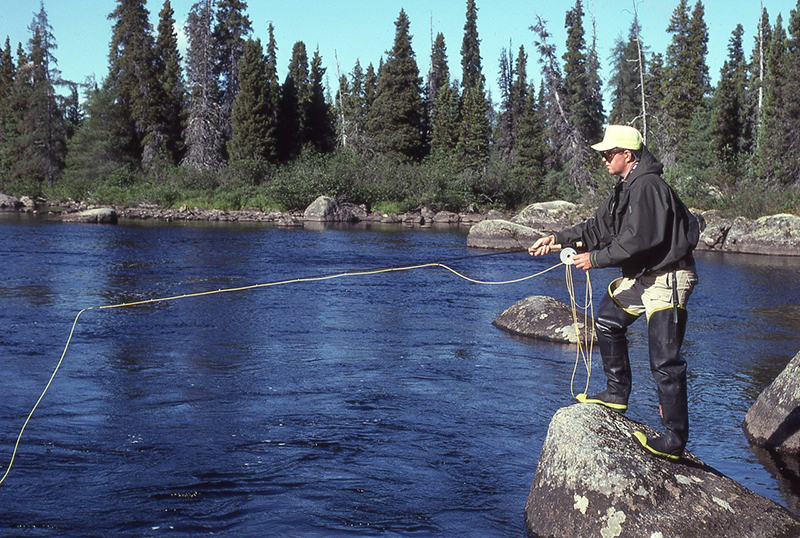Flies, Lures, and Bait: Comparing Fly Fishing vs Regular Fishing
By Ken Schultz
Dec 07, 2020
When new to fishing and assessing your options, you’ll be determining whether to start with flies, lures, or bait, and considering fly fishing vs regular fishing
One of the great aspects of sportfishing is that there are many ways to enjoy it, diverse methods and tools to employ, and varied species and locations. This is also one of angling’s confounding aspects, however, especially to newcomers, since the primary objective for most participants is to catch fish. So, for a novice, it’s natural to want to go where you have the best chance of success, and to use the techniques and tools that are likely to be most effective, whatever species you pursue. And right off the bat, if you look at this sport in a holistic sense, you have to make a judgment about fly fishing vs regular fishing and what you’ll be fishing with.
Fly Fishing vs Regular Fishing
What’s regular fishing? Simply anything that’s not fly fishing. In a nutshell, the technical difference between fly fishing vs regular fishing is that with the former you use a weighted line (fly line) to cast or otherwise present to a fish an unweighted object (some type of “fly”), whereas with the latter, you use a weightless line to present to a fish a weighted object (some type of hard or soft lure and/or some type of natural or prepared “bait”).
Because of this fundamental difference, the types of rods, reels, and lines employed differ greatly in fly fishing vs regular fishing. The latter includes the use of spinning, spincasting, baitcasting, conventional, and big-game tackle. Most people, especially new anglers are familiar with so-called “spin fishing” gear (actually spinning and spincasting), because it’s the most easily mastered equipment to use. Fly fishing tackle, however, takes more time to master, as the act of casting is completely different.
Flies, Lures, & Bait


Let’s plainly define the objects we fish with. Fishing flies are virtually weightless, or extremely lightweight, objects meant to imitate some form of natural food, especially aquatic insects and prey fish; they are primarily cast but can be trolled. Fishing lures (aka “artificials” or “artificial lures”) are hard- or soft-bodied objects that mimic or suggest various forms of natural food, especially fish but also crustaceans, amphibians, and invertebrate animals; they may be cast, trolled, or vertically jigged. Fishing bait, which may be live or dead, includes natural food or prey, as well as items that are not natural food sources for fish but which may be attractive to some species (i.e., doughballs for carp and chicken liver for catfish); bait is primarily still-fished, but can be cast or trolled.
Though true, it’s oversimplified to say that flies, lures, and bait can be used with all forms of tackle. There are ways to use bait with fly fishing gear, although most purists cringe at such an idea, and ways to use flies with something other than fly fishing tackle, especially spinning and baitcasting gear. For the most part, fishing flies are used with fly fishing equipment, and lures or bait are used with other tackle.
Which Is Best?
What to use and which works best, of course, are the big questions. The answer depends on the skill of the angler, the type of water being fished, the species being pursued, the conditions under which you’re fishing, and a host of other factors. And what works best may not be the main determinant.
Personal preference plays a big role in deciding what to use. And while catching fish is the primary goal, it’s not the only measure of angling enjoyment. I’m a firm believer that you should use whatever you like to catch fish so long as it’s legal in the place you’re fishing, and that there’s no justification for one angler to assume superiority over another by virtue of the gear and methods that are employed.
Some anglers, myself included, use all forms of tackle based on when and where the circumstances dictate, and how they want to fish. As I mentioned earlier, there are many ways to enjoy sportfishing. So go enjoy it - and get a fishing license before you do.









